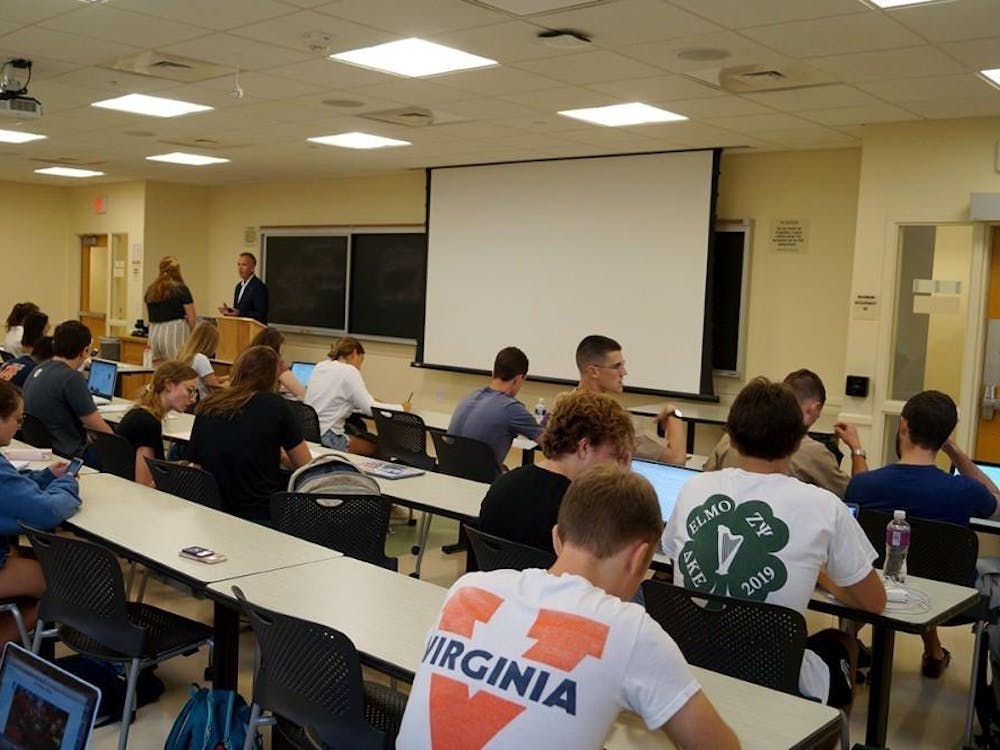Alabama Gov. Robert Bentley recently came under fire for his unilateral move to cut funding to the state’s universities. While he was ultimately unsuccessful in this attempt, he’s not the only politician to see potential for cutbacks in higher education budgets. Increasingly, state governments have scaled back their financial commitments to public universities as a way to balance rising costs in other areas. The Lincoln Project recently found that from 2008 to 2013, top public research universities saw their financial support from states reduced by almost 30 percent.
That these funding cuts have occurred at the same time as large increases in tuition is no coincidence. Thought it’s easy to blame the universities themselves for this trend, for public universities the blame also lies with the states, who have not maintained their financial commitment to education. At some universities, this has led to faculty losses and missed opportunities to invest in new programs for students. This pattern is disturbing given the increasing importance a college education has in today’s job market.
The reason this issue is so important is that public universities are an integral part of the fabric of higher education in this country, providing an economic substitute to expensive private schools. The contract between states and public universities is simple: state funding in return for preferred acceptance of state residents, who also get a lower tuition price. But budgetary strain can erode the strong support from states that Universities have relied on, as they slip behind other concerns in terms of financial priorities.
If states fail to shoulder their part of the financial burden, universities will be forced to find other ways to make up the shortfall, a situation that will inevitably lead to more tuition increases. Thus, public universities will move further away from their democratic ideal of accessible, affordable institutions truly based on equality of opportunity. The egalitarian sentiment of the system itself is threatened, as Universities are often forced to let in more international or out of state students whose higher tuition price ends up subsidizing in state students. This is what has happened in the University of California system, where limited state funding has hindered growth and put a cap on the number of in state students that colleges can afford to take, as the state is no longer making up the difference from their reduced tuition.
The importance of this issue is deeper than the cost of tuition, as public universities also churn out groundbreaking research that has made the United States the world leader in higher education. But this dominance is not sustainable if cuts continue. The continued excellence of these institutions demands continued investment in improving them.
Cutting state funding to schools is a short-term solution that fails to account for the damage done in the long run to a state’s economic and social well-being. Rather than looking at funding as a yearly payment, lawmakers must understand the importance of public universities in a state’s economic and social life, as well as the responsibility of the state to ensure academic opportunities for their citizens.
Alex Mink is an Opinion columnist for The Cavalier Daily. He can be reached at a.mink@cavalierdaily.com.






